Moss: The 350-million-year-old plants that turn the unsightly 'into things radiant of beauty'
Moss is fascinating, ancient and bizarre, and grows so slowly — an inch per quarter of a century — as to make glaciers look positively speedy. Ian Morton finds out more.

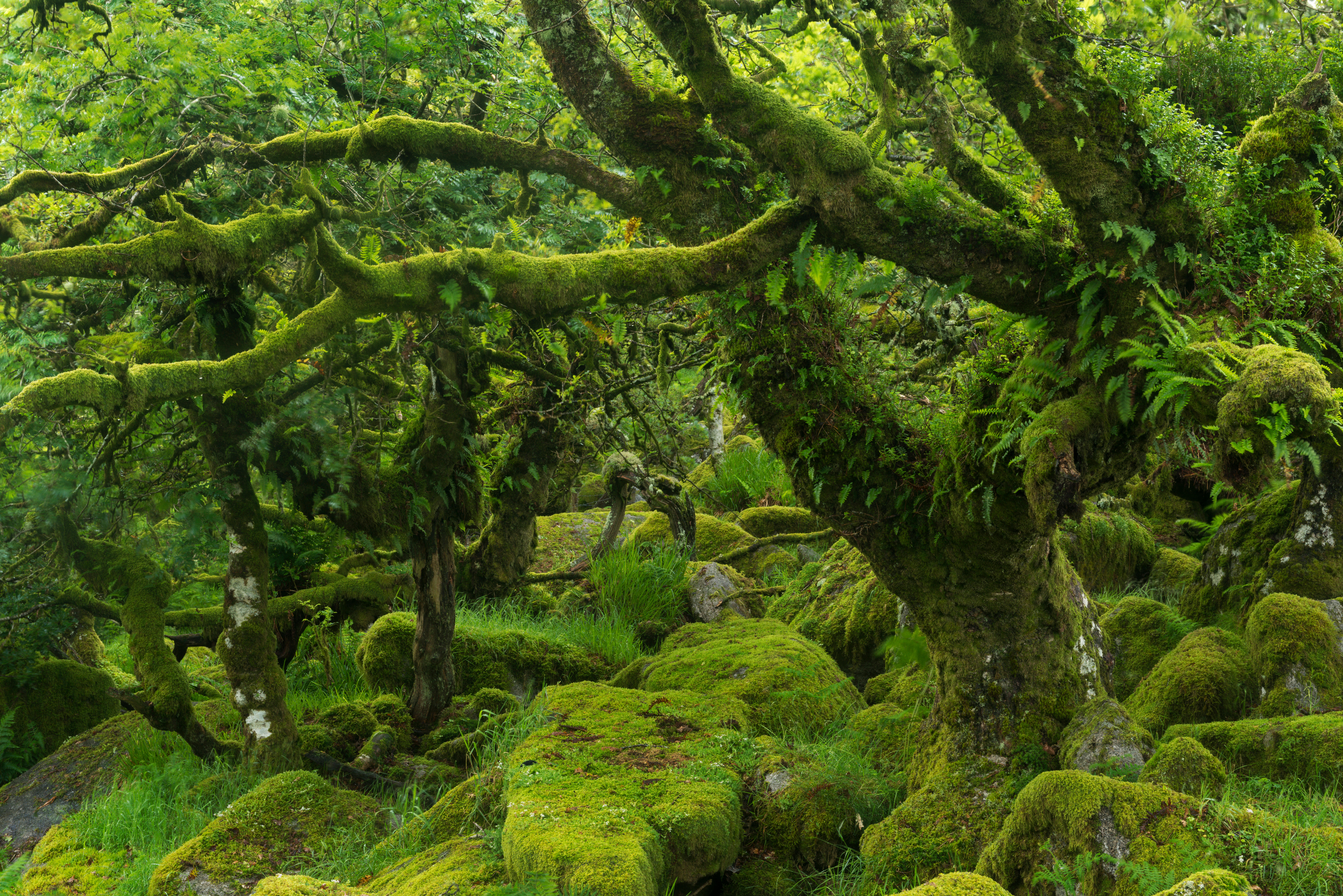
It has no roots, no flowers, no seeds, no vascular system and a bizarre reproductive cycle. It adds a picturesque veneer to crumbly old stone, drapes rotting woodland floors, declares damp and decay and has tweaked and troubled our imagination for centuries.
Shakespeare found no cheer in it, writing of ‘an oak, whose boughs were moss’d with age’, ‘furr’d moss’ on a grave, ‘idle moss’ as an infidelity cipher and, most graphically, ‘trees, though summer, yet forlorn and lean overcome with moss and baleful mistletoe’.
Keats, however, offered his beloved ‘a bed of mosses and flowers to pillow thy head’. At their Cumbrian home, Dove Cottage, William Wordsworth and his sister, Dorothy, re-created a moss-lined hut they’d encountered in Scotland. It became their refuge and rebuilding it is part of a Reimagining Wordsworth project to mark the 250th anniversary of the poet’s birth next April.
American scribes, in particular, have responded to moss. Emerson declared that ‘God reappears with all his parts in every moss and cobweb’. Thoreau found that ‘by the mediation of a thousand little mosses and fungi, the most unsightly objects become radiant of beauty’. Novelist Elizabeth Gilbert described ‘a great and tiny forest, damp and rich and old… frantically green’.
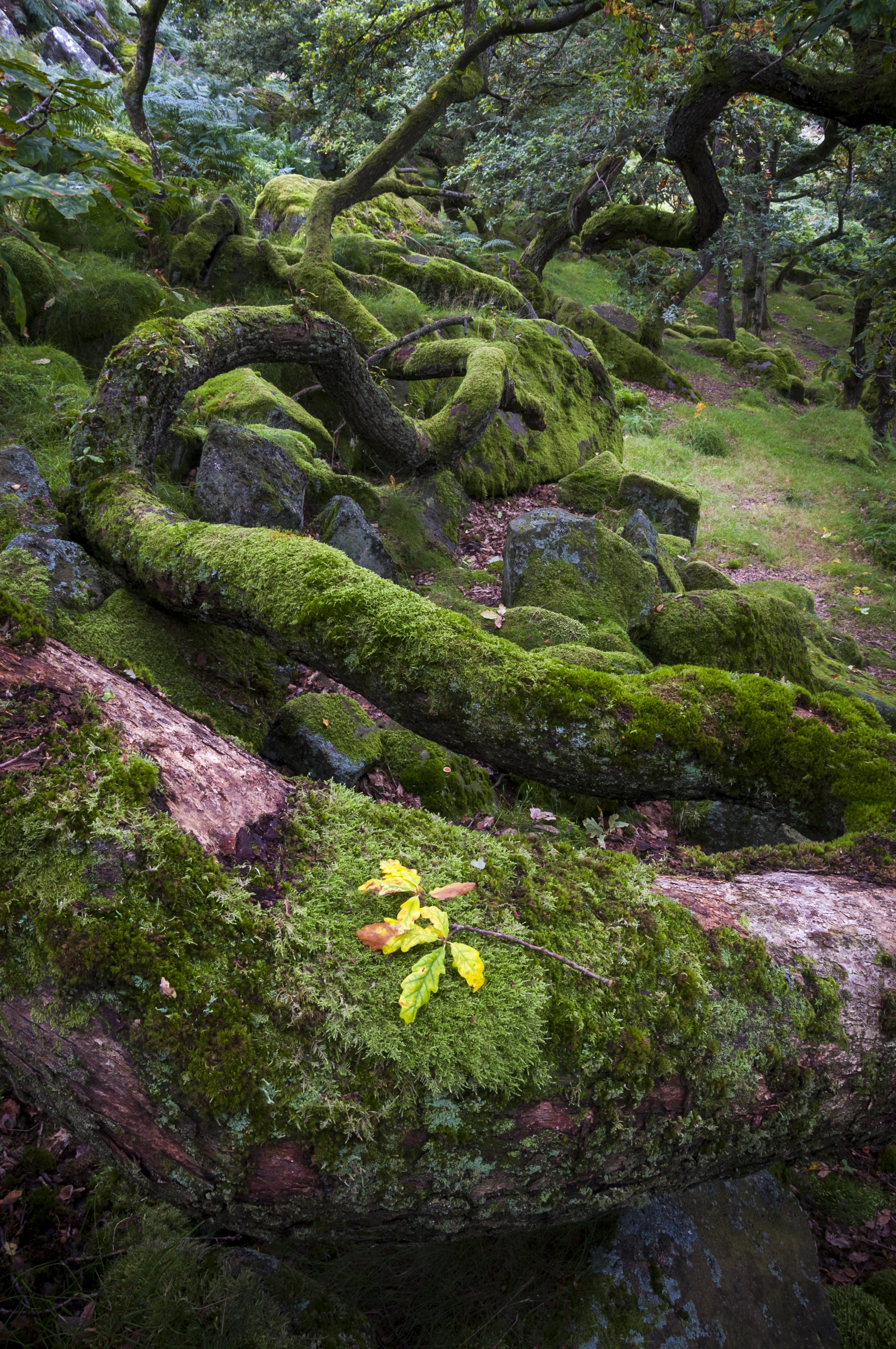
Ecology professor Robin Wall Kimmerer (of whom more later) detected ‘an ancient conversation going on between moss and rocks… an interface of immensity and minuteness, of past and present, softness and hardness, stillness and vibrancy’.
Mosses have been here for some 350 million years, with traces surviving in late-Visean strata in eastern Germany. Some 20,000 species have been identified worldwide, with the most widespread being sphagnum moss, the major constituent in peat and itself occurring in about 380 varieties. Time-honoured as a fuel source — although peat has been found to emit more carbon dioxide than coal or natural gas — the bogs that store it cover 1.2 million square miles (2% of the global landmass), attesting to its historic abundance.
Classified today as a ‘slowly renewable’ fossil fuel, moss puts on an inch of growth in 25 years. Its reproductive process is unusual for plants and occurs only in bryophyte mosses and liverworts, which develop in both single-sex and bisexual form.
Exquisite houses, the beauty of Nature, and how to get the most from your life, straight to your inbox.
The male element in a mature plant, a priapic antheridium structure, produces multiple sperms, which use available moisture to swim by means of whip-like filaments in search of a female archegonia, a flask-like tube containing a single egg.
These tiny structures were identified and illustrated in The Vegetable Kingdom by Victorian botanist John Lindley, best remembered for saving Kew Gardens from short-sighted political destruction and for fending off the financial ruin facing the RHS.
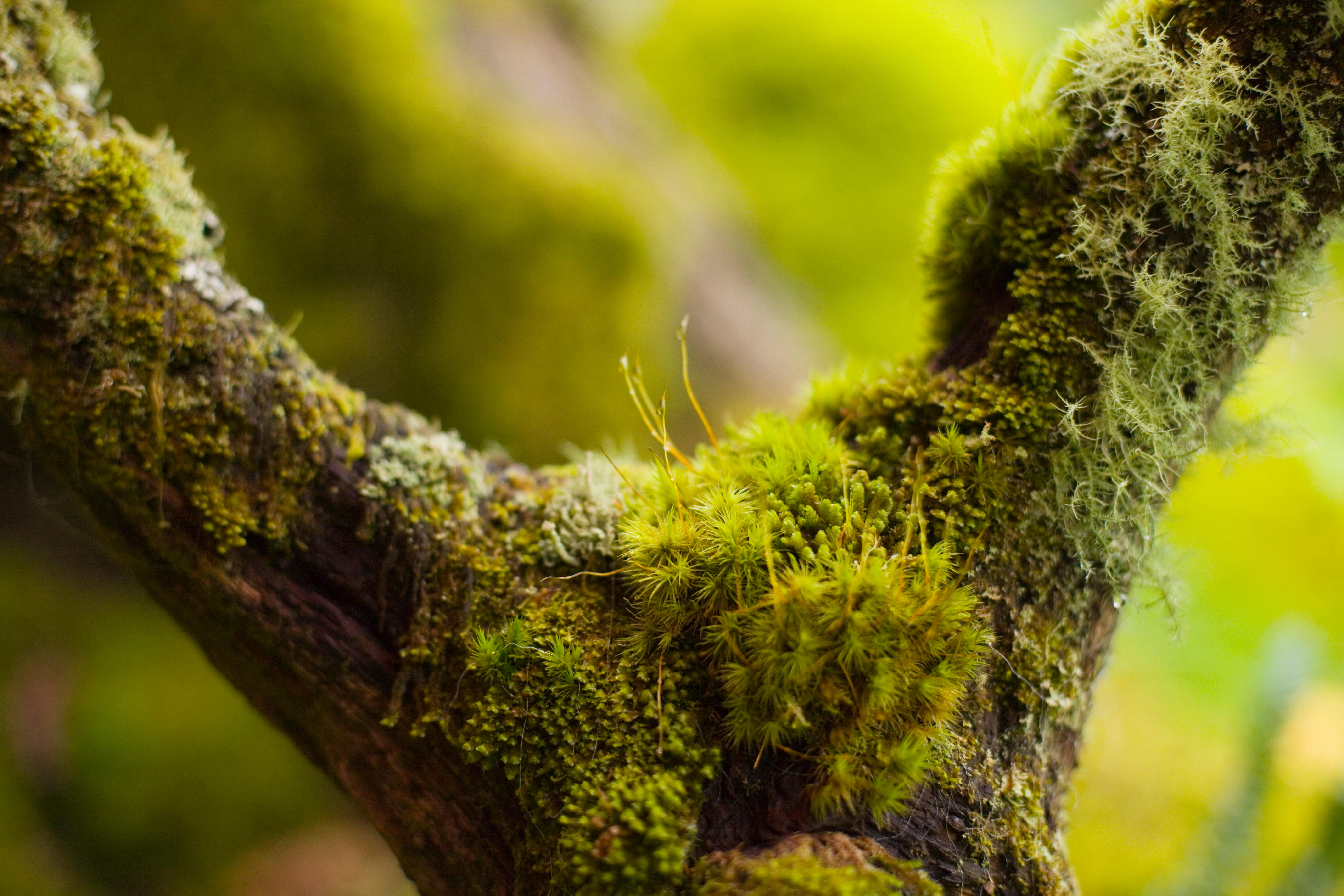
Moss may become so sodden as to be virtually amphibious and is thought to be one of the first plants to have left primeval waters to establish on land. All but 10% of its cells die in order to absorb moisture up to 22 times their dry weight, providing the reproduction pathway, but creating the treacherous boggy layers above peat deposits where phenolic compounds act as a tanning preservative.
With the exclusion of oxygen and a cold climate, this environment accounts for the many intact human bog bodies, the most famous of which is Tollund Man, one of more than 500 found in Denmark, Sweden, Germany and Holland — the oldest dating from 8,000bc. Some 30 have emerged in bogs in Britain and Ireland and several hundred have surfaced in Florida, dating from 6,000bc.
Another survival, Ötzi, discovered in Swiss Alpine ice in 1991 and dating from 3,300bc, provided evidence that moss played a part in the lives of early man. His shoes contained moss as insulation and fragments of six different mosses were detected in his gut. Forensic experts think they would have been ingested accidentally in drinking water or transferred to the mouth when being employed as a dressing for a wounded hand, a widespread palliative practice.
North American tribes used it and European medieval folk medicine held that, if dispensed from a human skull, it was especially potent in stemming bleeding and treating headaches and insect bites. Moss taken from tombstones was carried to ward off ague and rheumatism. German settlers in Pennsylvania mixed moss with infusions of marigold to treat vomiting. On the practical front, moss was stuffed between the logs of pioneers’ cabins to seal the walls.
Moss also has a long military history. The Celtic Irish applied it to combat wounds and it was similarly used in the Napoleonic and Franco-Prussian wars. In 1915, in the knowledge that moss was benefiting the German wounded in the First World War, botanist Isaac Balfour and military surgeon Charles Cathcart identified two sphagnum species, Sphagnum papillosum and S. palustre, both abundant in Britain, as an answer to the wartime shortage of cotton for bandages.
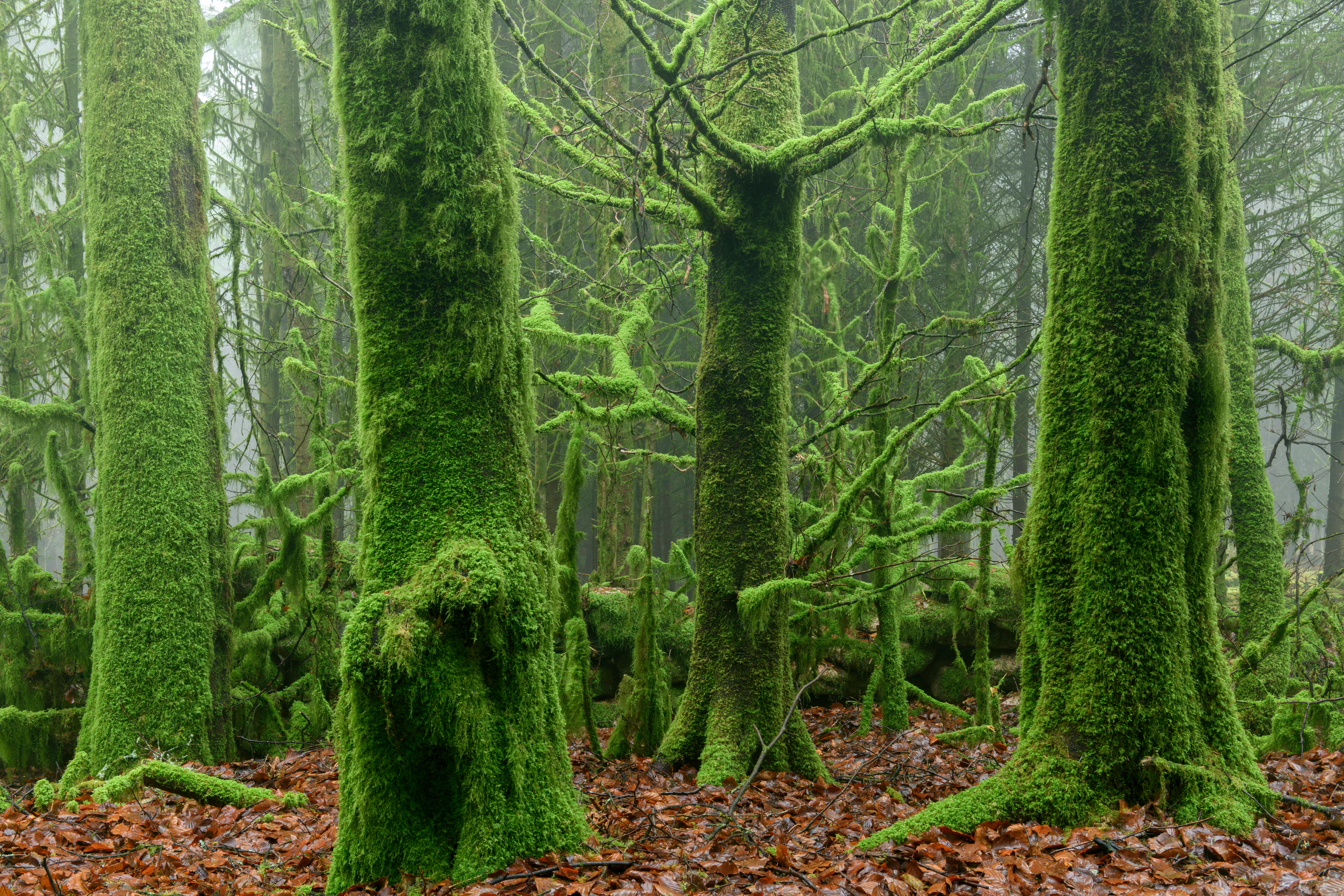
Moss as a simple antiseptic dressing that also soaked up large quantities of blood, pus and toxic fluids was substituted for carbolic acid, formaldehyde and mercury chloride as cleansing and disinfection agents. It was credited with saving thousands of lives.
The science behind this was revealed in a 2003 publication by Prof Wall Kimmerer of the State University of New York, in a study of the medicinal properties of moss pursued as an expression of her heritage as a Bear clan member of the Potawatomi Nation.
She determined that moss cell walls contain sugar molecules to create a negatively charged electrochemical halo. This attracts nutrient ions of potassium, sodium and calcium and the plant releases positively charged acidic ions to create a sterile environment that inhibits the growth of bacteria.
Her microscope revealed that ‘one gram of moss from the forest floor… would harbour 150,000 protozoa, 132,000 tardigrades, 3,000 springtails, 800 rotifers, 500 nematodes, 400 mites and 200 fly larvae… the astounding quantity of life in a handful of moss’.
The gloomy forest floors of Northern Europe generated superstition, of course. They were the traditional domain of the moss people, green-clad wood sprites of aged appearance and uncertain temperament first noted in German and Scandinavian folklore by the Romano-Gothic historian Jordanes in the 6th century. These moss people remained steadfast in medieval superstition, when folk were never comfortable as night fell in the rustling, creaking countryside. They took literary substance in the tales of the Brothers Grimm, published in 1812, which encouraged a Gothic genre and were, in due course, regarded by W. H. Auden as a founding work of western culture.
The verdant beings borrowed from humans, sometimes asked for help, were easily offended — but always repaid favours with bread or good advice — would beg for breast milk and might steal a small child. The females could both call up and banish the plague.
The moss people’s most recent manifestation, quirky rather than formidable, is the work of Finnish sculptor Kim Simonsson, who covers stoneware clay and painted figures in bright-green nylon using an electrostatic flocking technique developed in glassware. Placed in woodland settings, they offer a unique bonding of folklore and technology and a magical evocation of which Jacob and Wilhelm Grimm would surely have approved.
Although most Europeans regret the invasive presence of moss in well-ordered borders and recreational grass, moss is revered in Japan, which is home to some 2,500 varieties. In traditional gardens, smoothly contoured moss billows and carpets are groomed by attendants with brushes, who remove any gramineous blades.
Moss even features in Japan’s national anthem, Kimigayo, written in the 9th century: may the emperor’s reign continue for thousands of years ‘until the pebbles grow into boulders lush with moss’. The 2011 publication of Mosses, My Dear Friends by Hisako Fujii reinvigorated national appreciation of the plant’s symbolism of patience and endurance and the culture of co-existence with Nature, inspiring groups to go in search of wild mossy locations.
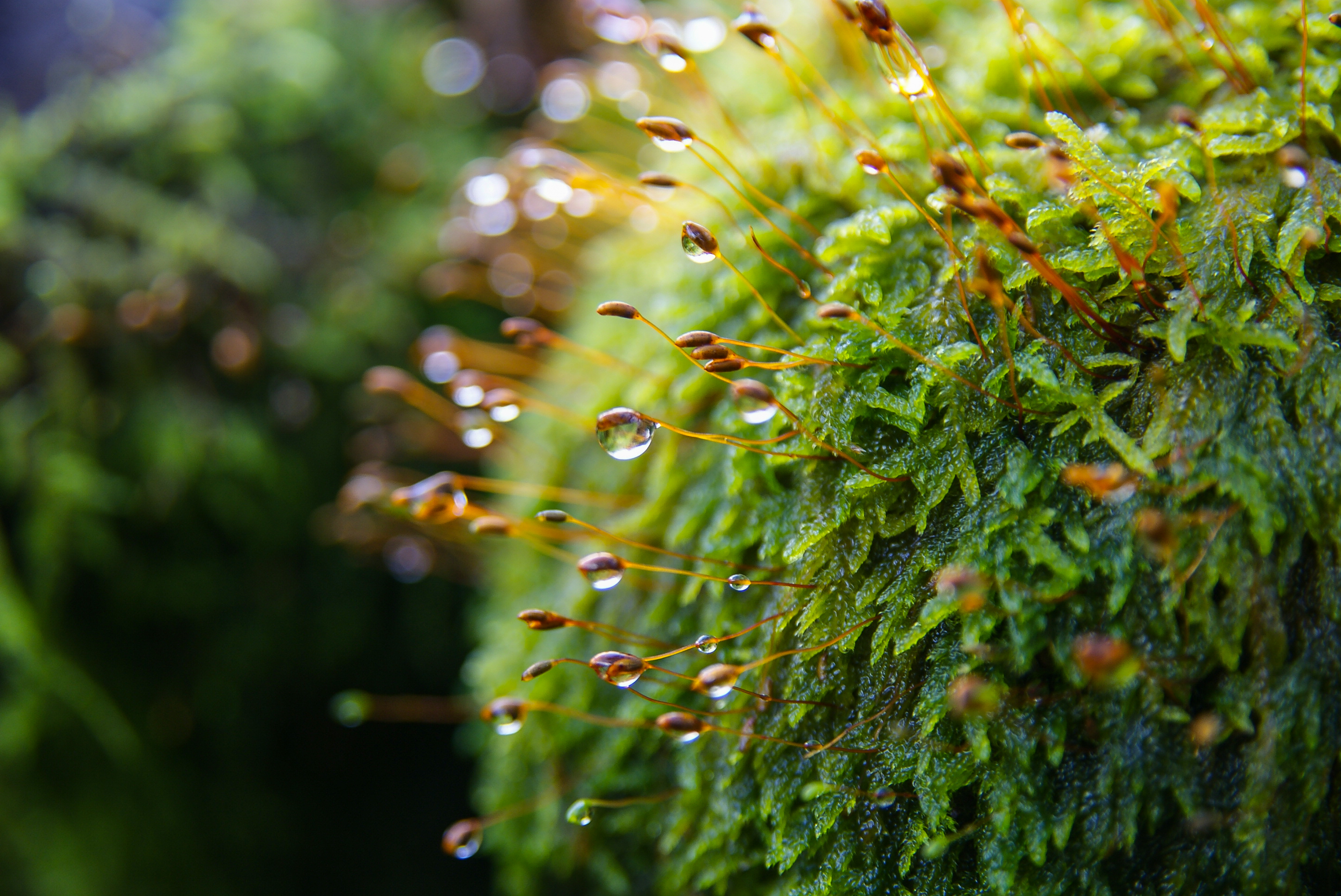
This appreciation of mosses is worldwide, focused in the UK by the British Bryological Society — moss gardens have been cultivated by devotees from Windy Hall in Cumbria to St Mawgan in Cornwall. A Japanese moss garden was displayed at Chelsea this year.
Beloved by florists and terrarium growers, indoor moss cultivation makes a positive contribution to air purity. Tests in Japan indicate that moss absorbs atmospheric moisture when it exceeds 17g per cubic metre and releases it when it falls below 12g, maintaining room humidity between 40% and 60%.
Indoor moss art has become commercially available in horizontal beds and as framed wall features. These appear fashionably in the public areas of some business premises, projecting a cool, ecological message.
However, one variety, Schistostega pennata, cannot be managed. Found across the northern hemisphere, it hides in natural corners where light penetrates only dimly, reflecting a greenish-gold glow. Hokkaido has a cave famous for the effect.
The lucky bryologist may detect it in crepuscular corners, such as animal burrow entrances and uptorn tree roots. It gave rise to a legend about gnomes that entice greedy humans to pilfer ‘goblin gold’, only to find that it turns to soil in daylight. Poetic scientist Prof Wall Kimmerer admired how its angled cells and interior facets ‘cause it to sparkle like the tiny lights of a faraway city’.
Humble sphagnum may also generate its own luminescent phenomenon, known as phosphorising, when gases generated by decay ignite spontaneously above boggy ground, sustaining the Will o’ the Wisp of folk-lore and known to our forebears as ignis fatuus — foolish fire. Those who blundered off in pursuit of it risked becoming the bog bodies of the future.
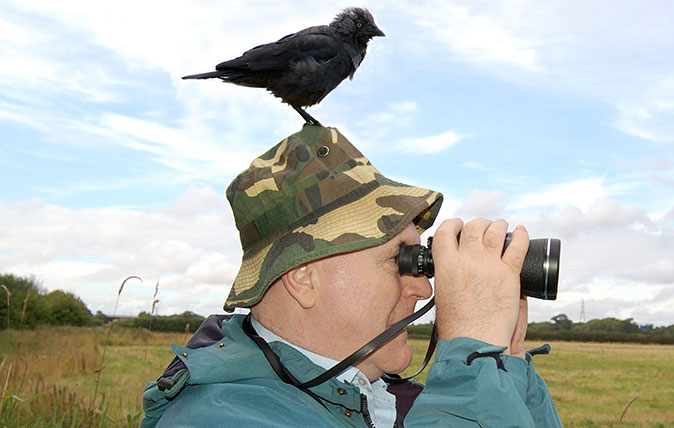
Credit: Alamy
11 things you never knew about the jackdaw, the bird that just loves people
Ian Morton takes a look at the jackdaw, a bird with a real affinity for man – despite a chequered reputation
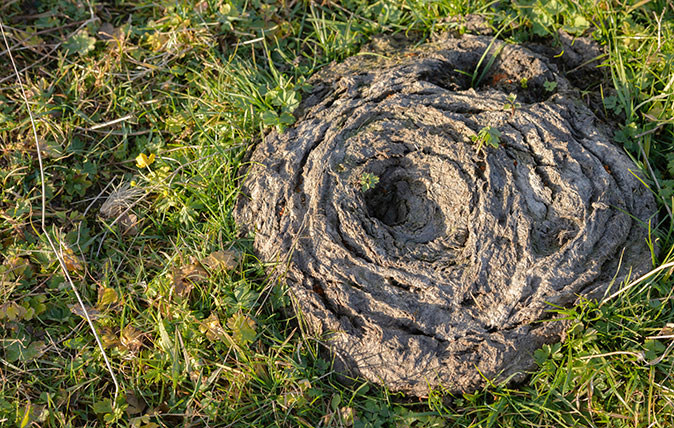
Credit: Alamy
The delights of dung: 11 things you never knew about cowpats
It attracts no public regard apart from taking care not to step in it, but it plays a big role
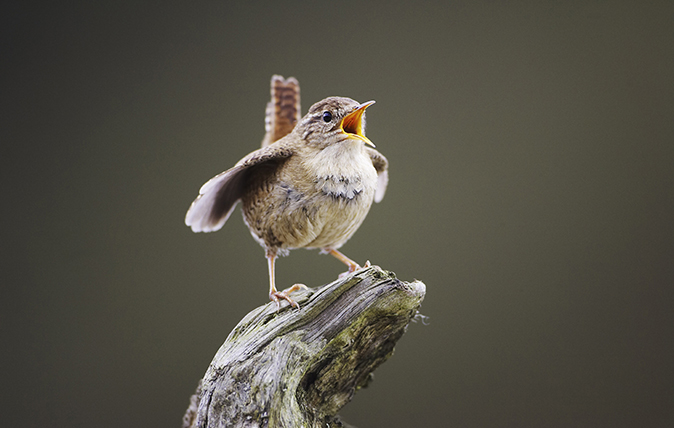
The wren: 8 things you ought to know about Britain's most common bird
It may be diminutive, but the perky-tailed wren has a powerful song and the ancient title of king among birds,
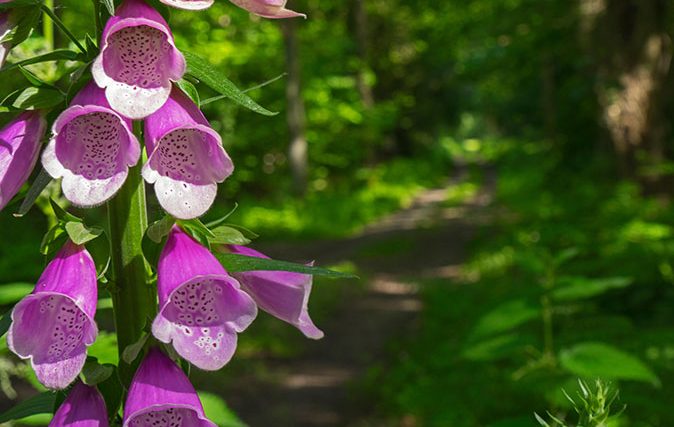
The incredible tale of the foxglove, from curing to disease to inspiring Van Gogh’s most striking paintings
A tale of skulduggery, poisoning, witches and even marketing men runs through the history of the foxglove, as Ian Morton
After some decades in hard news and motoring from a Wensleydale weekly to Fleet Street and sundry magazines and a bit of BBC, Ian Morton directed his full attention to the countryside where his origin and main interests always lay, including a Suffolk hobby farm. A lifelong game shot, wildfowler and stalker, he has contributed to Shooting Times, The Field and especially to Country Life, writing about a range of subjects.
